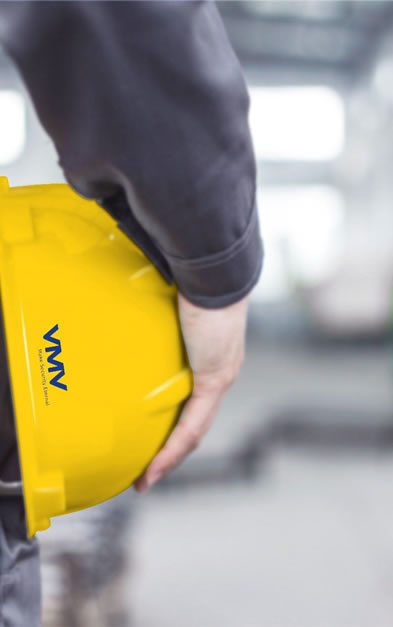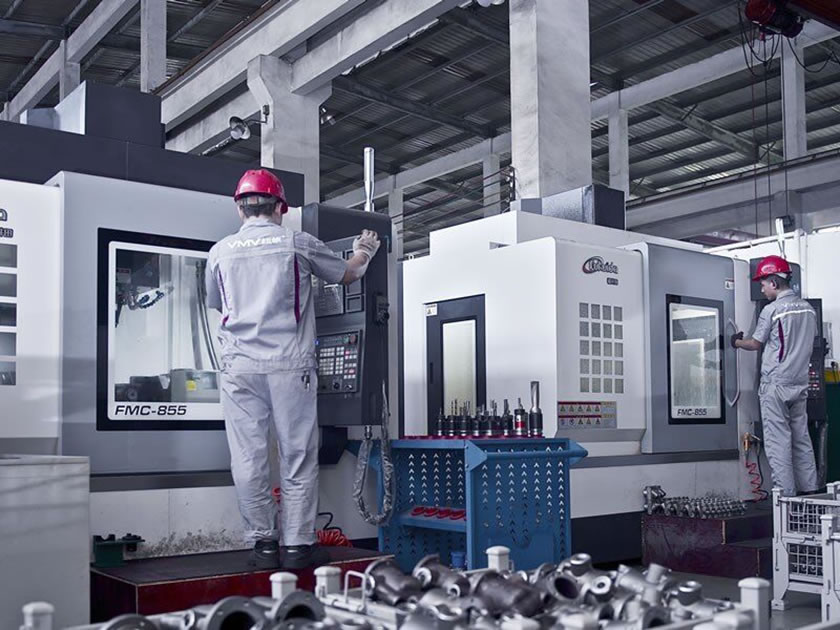- How to choose the valve correctly
-

Steps to select valve:
Clarify the purpose of the valve in the equipment or device, determine the valve's working conditions, applicable medium, working pressure, working temperature, etc.
Determine the nominal diameter and connection method of the pipeline connected to the valve: flange, thread, welding, etc.
Determine the way to manipulate the valve: manual, electric, electromagnetic, pneumatic or hydraulic, electrical linkage or electro-hydraulic linkage, etc.
According to the medium, working pressure and working temperature of the pipeline, the materials of the shell and internal parts of the selected valve are determined: gray cast iron, malleable cast iron, ductile iron, carbon steel, alloy steel, stainless acid-resistant steel, copper alloy, etc.
Choose the type of valve: closed circuit valve, regulating valve, safety valve, etc.
Determine the type of valve: gate valve, globe valve, ball valve, butterfly valve, throttle valve, safety valve, pressure reducing valve, steam trap, etc.
Determine the parameters of the valve: For automatic valves, according to different needs, first determine the allowable flow resistance, discharge capacity, back pressure, etc., and then determine the nominal diameter of the pipeline and the diameter of the valve seat hole.
Use existing information: valve product catalog, valve product samples, etc., to select appropriate valve products.
Determine the geometric parameters of the selected valve: structural length, flange connection form and size, valve height dimension after opening and closing, connecting bolt hole size and number, overall valve overall size, etc.
Check whether the parameters of the selected valve meet the given working conditions.

Basis for choosing the valve:
1) The purpose, operating conditions and operating control methods of the selected valve.
2) The nature of the working medium: working pressure, working temperature, corrosion performance, whether it contains solid particles, whether the medium is toxic, whether it is flammable and explosive medium, the viscosity of the medium, etc.
3) Requirements for valve fluid characteristics: flow resistance, discharge capacity, flow characteristics, sealing level, etc.
4) Installation size and external dimension requirements: nominal size, connection method and connection size with pipeline, external dimension or weight limitation, etc.
5) Additional requirements for valve product reliability, service life, and explosion-proof performance of electric devices.
Limit the valve selection
It should be noted that gray cast iron valves and malleable cast iron valves, regardless of the medium, working pressure and temperature, are not allowed to be used under the following conditions:
1) Except for liquid and gaseous ammonia, highly toxic gases, liquefied gas pipelines.
2) On pipes subject to vibration.
3) On pipelines where the temperature of the medium is constantly changing.
4) As the gas passes through the narrow passage, the pressure decreases and the throttling effect occurs, which will significantly reduce the temperature of the valve. The malleable cast iron valve is cooled to below -30°C, and the gray cast iron valve is cooled to below -10°C.
5) When the conveyed gas contains moisture and other condensable liquids, and the pipe wall temperature is lower than 0°C.
6) On the tightened gas pipeline.
7) As a shut-off valve, if the pressure in the gas pipeline may exceed the operating pressure specified by the valve operation due to the sudden increase in temperature during operation.
In addition, it is not allowed to use cast shell parts on gas pipelines whose working pressure exceeds 35.0MPa.
All in all, to choose the valve correctly, the most important thing is to understand the basic theory of the valve and the purpose of the valve. When choosing a valve, the use should be considered first.
Professional in Bellows Seal Valve Manufacturer | Since 1998


